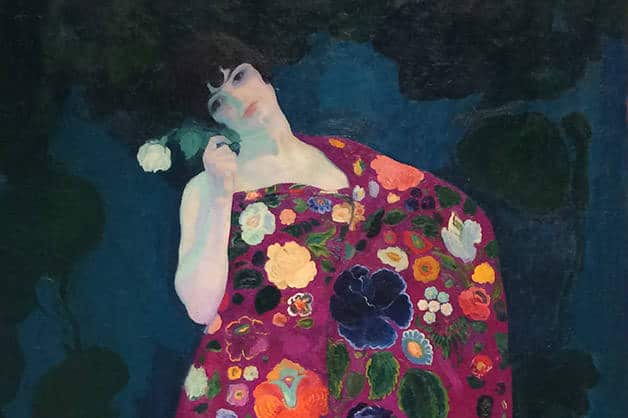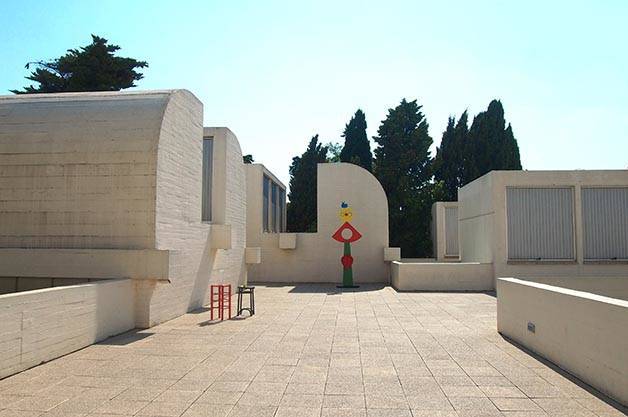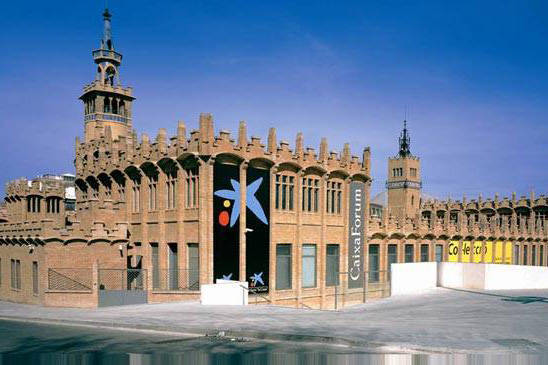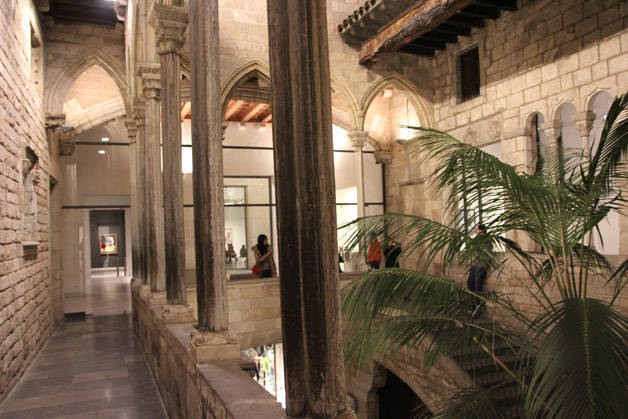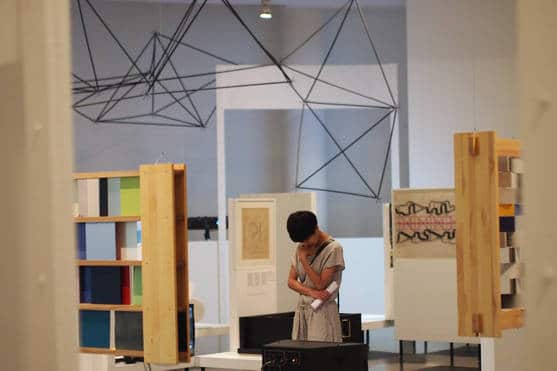A comparison of Barcelona’s art museums
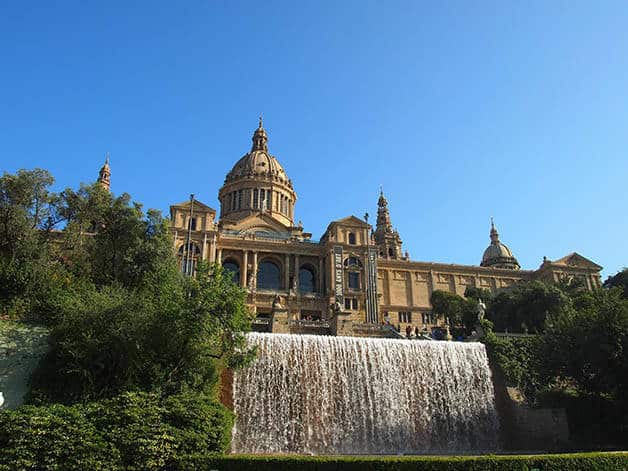
Art is everywhere in Barcelona! In the streets, in public squares, in the city’s many art galleries… but also, of course, in dedicated museums.
Obviously, your artistic tastes will dictate which museums you want to visit. However, it you’re finding it hard to choose, this article might be just the thing.
Save on entry to art museums!
There are several ways of visiting multiple museums in Barcelona without doing too much damage to your budget:
- The Articket: for €30, the Articket gets you entry to all of the museums and cultural centres mentioned in this article, with the exception of the CaixaForum. This brings the average ticket price down to €5, which is pretty much a bargain. See our article on the Articket for more information.
- The Barcelona Card: this card gives you unlimited access to public transport, alongside free or reduced-price entry to several cultural attractions. It can be a good way of saving money, but not for everyone: see our article on the Barcelona Card for more details.
- Free museums: Certain museums are free all year round, whilst others offer free entry on specific days of the week, generally from 3pm on Sundays. Make the most of them!
Museu Nacional d’Art de Catalunya (MNAC)
Highlights of the MNAC:
- Price: €12, free on Saturdays from 3pm
- Size: gigantic. Barcelona’s biggest museum!
- Collections: extremely varied. The MNAC is home to over 50,000 m2 of medieval, roman, gothic and modern art, offering a superb voyage through the history of Catalan art.
- Architecture: the building which houses the museum is worth a visit in its own right. It’s an architectural gem and very pleasant to explore.
- For everyone: the museum is designed to be accessible to the general public. Given the diversity of the collections, there’s bound to be something for everyone!
- Waiting times: little to no queue to get in.
Downsides of the MNAC:
- Closed on Mondays, except for public holidays
Miró Foundation
Highlights of the Miró Foundation:
- Price: €11 full price, which is very reasonable.
- Size: a large museum – allow 60-90 minutes for your visit.
- Collections: see how the Miró’s style evolved and discover his favourite subjects, immersing yourself in his fascinating universe.
- Architecture: the museum building is a modern, minimalist structure which provides the perfect backdrop for Miró’s work.
- For most people: Miró is very popular with children, so don’t hesitate to take the family.
- Audio-guides available in English – thorough and very interesting.
Downsides of the Miró Foundation:
- The absence of some of the artist’s most iconic works is unfortunate.
- In summer, you may have a long wait to get in. Book queue-jump tickets before you go in order to get round the problem.
CaixaForum
Highlights of CaixaForum:
- Price: €4 for adults, free for under-16s.
- Exhibitions: CaixaForum is a cultural centre which plays host to several temporary exhibitions each year, all interesting and well-designed.
- Architecture: the centre is a beautiful modernist building, formerly a textile factory.
- Open every day.
- For everyone: the exhibitions are interactive and almost all include an area designed for children.
Picasso Museum
Highlights of the Picasso Museum:
- Price: around €11, free on Sundays from 3pm
- Collections: focused mainly on the early part of the artist’s career.
- Architecture: located in a superb gothic mansion in Barcelona’s old town, you’ll be swept up in an extraordinary, very “Barcelonian” atmosphere.
Downsides of the Picasso Museum:
- With the exception of the Meninas series (48 paintings based on a work by Velasquez), none of the artist’s most iconic works are on display.
- You’ll have a long wait to get in, unless you book a guided tour. In the summer months, or on days when entry is free, expect to queue for at least an hour.
Barcelona Museum of Contemporary Art (MACBA)
Highlights of the MACBA:
- Price: around €10
- Size: the museum is immense, and you can happily spend several hours admiring the works on display.
- Collections: the MACBA houses temporary exhibitions, and aims to promote the work of lesser-known contemporary artists.
- Explanations in English: the works on display aren’t always immediately accessible, but detailed explanations are provided to help you get to the heart of the installations. Leaflets are available at the entrance to the exhibition halls.
- Architecture: the bright white museum, designed by Richard Meier, is an architectural masterpiece. Simple, but grandiose, it’s one of the most impressive examples of modern architecture in Barcelona.
Downsides of the MACBA:
- If modern art is your thing, you’re certain to love the MACBA. Otherwise, you may struggle to understand the works on display, which can be frustrating.
- Closed on Tuesdays.
Barcelona Centre for Contemporary Culture (CCCB)
Highlights of the CCCB:
- Price: €6 for one exhibition, €8 for two.
- Collections: Like its neighbour, the MACBA, the CCCB puts an emphasis on contemporary artwork and plays host to temporary exhibitions. It tends to be rather more experimental and a little less academic than the MACBA.
Downsides of the CCCB:
- Closed on Mondays.
Antoni Tàpies Foundation
Highlights of the Tàpies Foundation:
- Price: €7
- Collections: Antoni Tàpies was one of the 20th Century’s most important Catalan artists, but is not as well-known on the global stage as some of his contemporaries. In addition to the permanent collection, the foundation also organises temporary exhibitions devoted either to Antoni Tàpies or to other contemporary artists.
Downsides of the Tàpies Foundation:
- Although the foundation is big, there aren’t that many works on display.
- The Antoni Tàpies Foundation is interesting, but not necessarily aimed at the general public. The artist’s work is very conceptual, there are no audio-guides, and the explanations provided are rather rudimentary.


